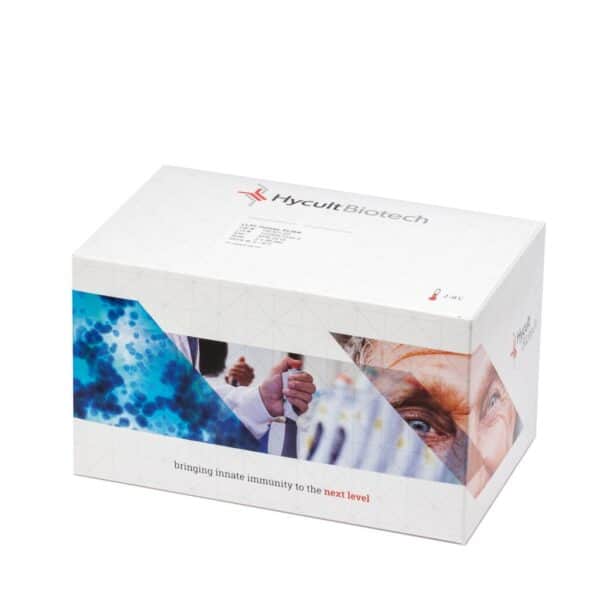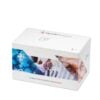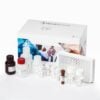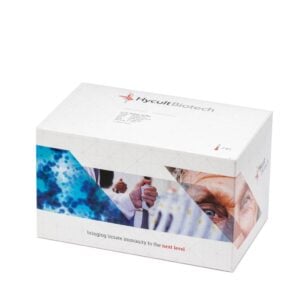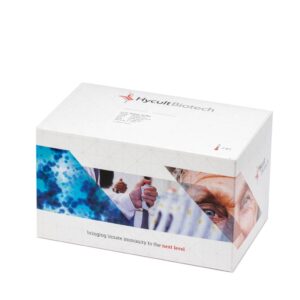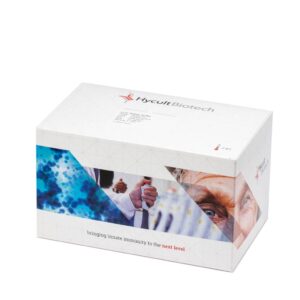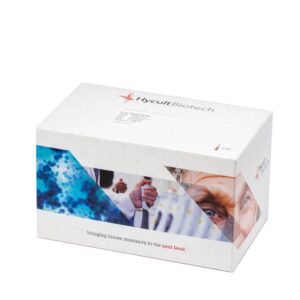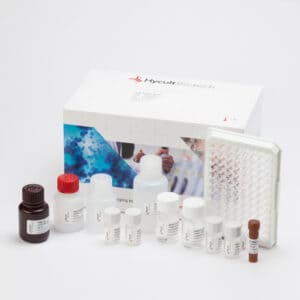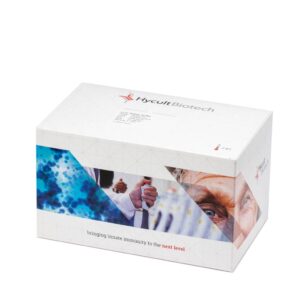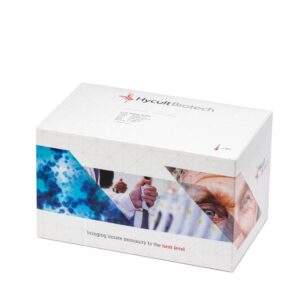Lectin Complement Pathway, Human, Assay
The Human Lectin Complement Pathway ELISA kit is to be used for the in vitro quantitative determination of Lectin Complement Pathway activity in serum samples.
The ELISA can also be used to determine the effect of inhibitory compounds for the lectin pathway.
Make use of our calculation sheets for optimal results
Read more€741.00
The complement system plays important roles in both innate and adaptive immune response and can produce an inflammatory and protective reaction to challenges from pathogens before an adaptive response can occur. It consists of a complex family of proteins and receptors which are found in the circulation, in tissues and other body-fluids. There are three pathways of complement activation. The classical pathway (CP) is initiated by Immune complexes; the lectin pathway (LP) by surface bound lectins; and the alternative pathway (AP) by all the surfaces that are not specifically protected against it. More specifically, the lectin pathway is activated by mannose-binding lectin (MBL)-associated serine proteases (MASPs) upon binding of MBL, ficolins and collectins. This activates C4 and C2 leading to the formation of the CP C3 convertase (C4b2b). Each pathway generates a C3 convertase, a serine protease that cleaves the central complement protein C3 and generates the major cleavage fragment C3b. At this point the three pathways converge and C3b initiates the formation of the second convertase. This so-called C5 convertase cleaves C5 into C5a and C5b. The latter initiates and amplify the activity of the complement pathways and ultimately generate the cytolytic MAC.
The assessment of the enzymatic cascade as a whole, also expressed as complement activity,
is used to identify if the complement system has been affected in vivo and in the therapeutic era of complement to monitor and screen for complement inhibitor function. Complement activity in sera can provide data in order to identify complement abnormalities in the clinic. Historically, one used haemolysis related assays to measure functional complement activity. Among others due to the opsonization, stability of the erythrocytes, complicated and timeconsuming steps, this assay is hard to standardize. ELISA based assays can overcome this, but can be hampered by high serum dilutions and restrictive quantification. The HK3011 LP complement activity assay has been developed to address these elements. Besides the screening for deficiencies and abnormalities for complement proteins in individuals, innovations and the success of complement inhibiting drugs in the clinic and new ones in clinical trials drives a new requirement for accurate, more standardized and high throughput assessment of complement activity. The current aim of complement activity assessment is not only to screen the system in acute or chronic disease but also to identify and screen new candidates for complement inhibition. The costs of complement inhibitors are high and powerful screening for more potent inhibitors or therapy monitoring to introduce more patient specific treatment strategies, authorize the introduction of improved measurements of complement activity.
The HK3011 complement LP activity assay measures complement function in vitro in serum. The wells of the assays are coated with mannan and when the cascade has elapsed the in vitro formed MAC complex is detected with a C5b-9 neo-epitope antibody. The assay can be performed with an initial serum dilution of 8x and pathway interference has been prevented using specific inhibitors. Using the power of a 1.5-fold dilution combined with regression analysis of logistically transformed values, complement activity and inhibitory capacity can accurately be measured.
You may also like…
-
View product €741.00
-
View product €741.00
You may be interested in…
-
View product €1,784.00
-
View product €894.00 €1,443.00Price range: €894.00 through €1,443.00
-
View product €1,784.00
